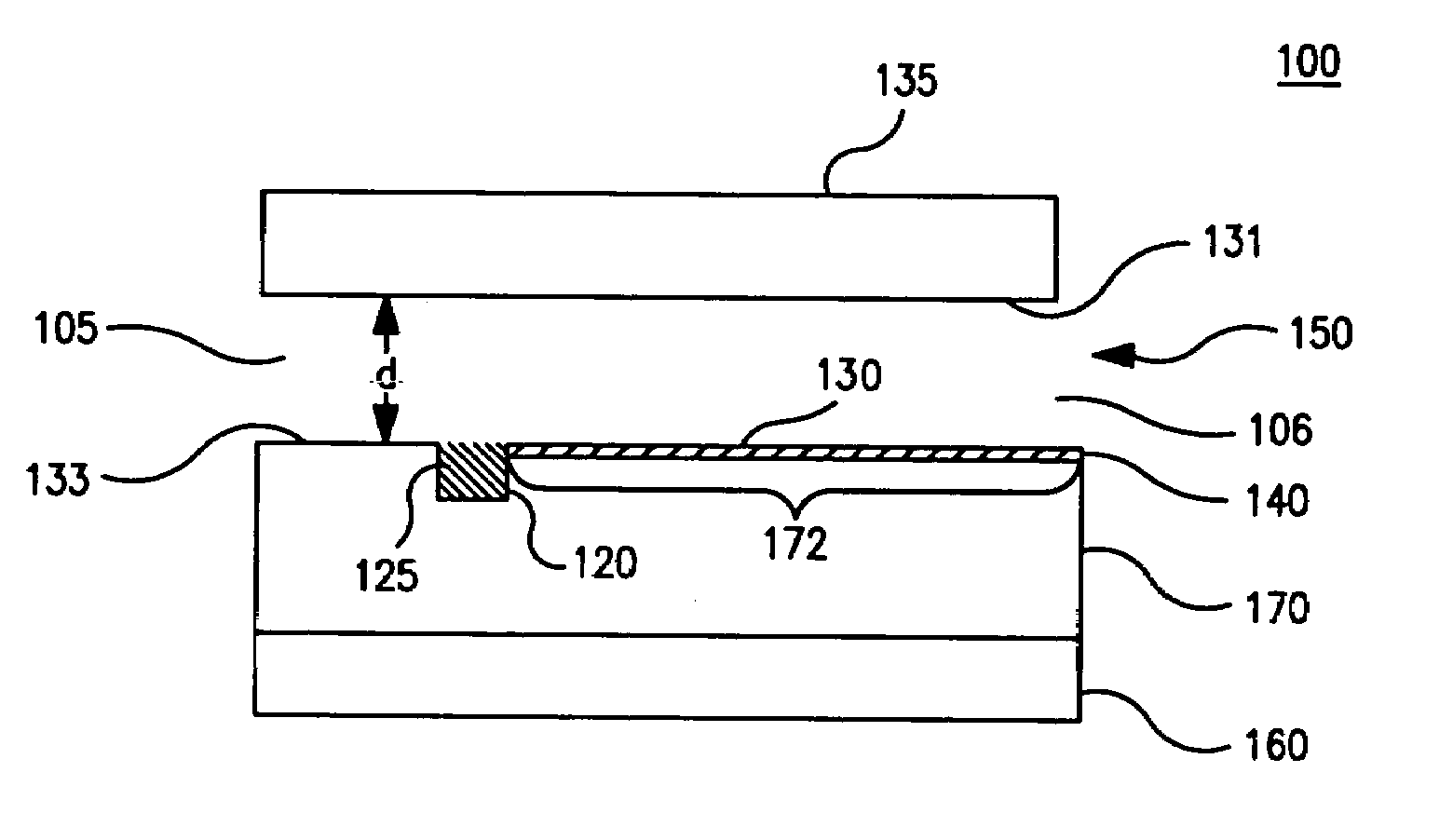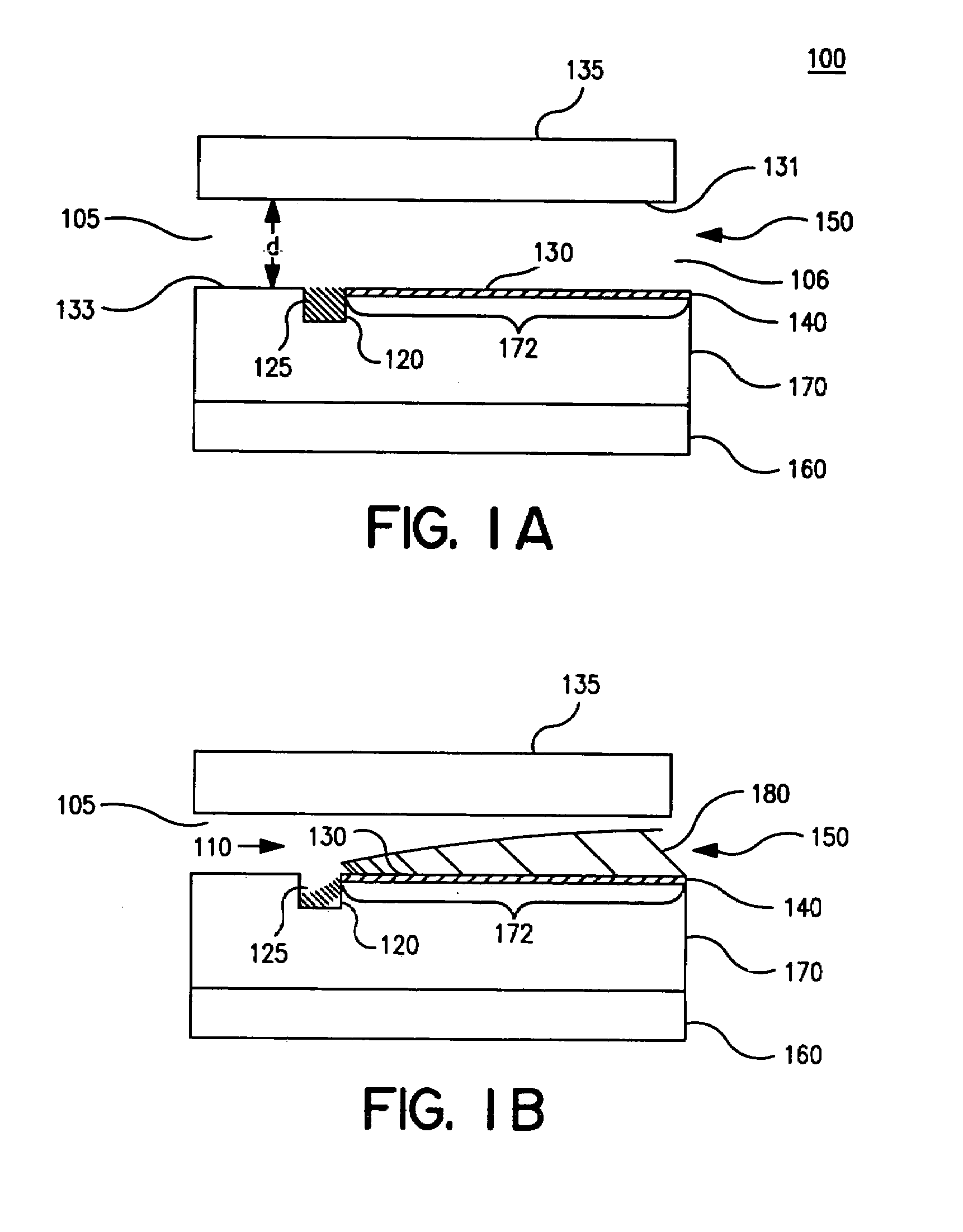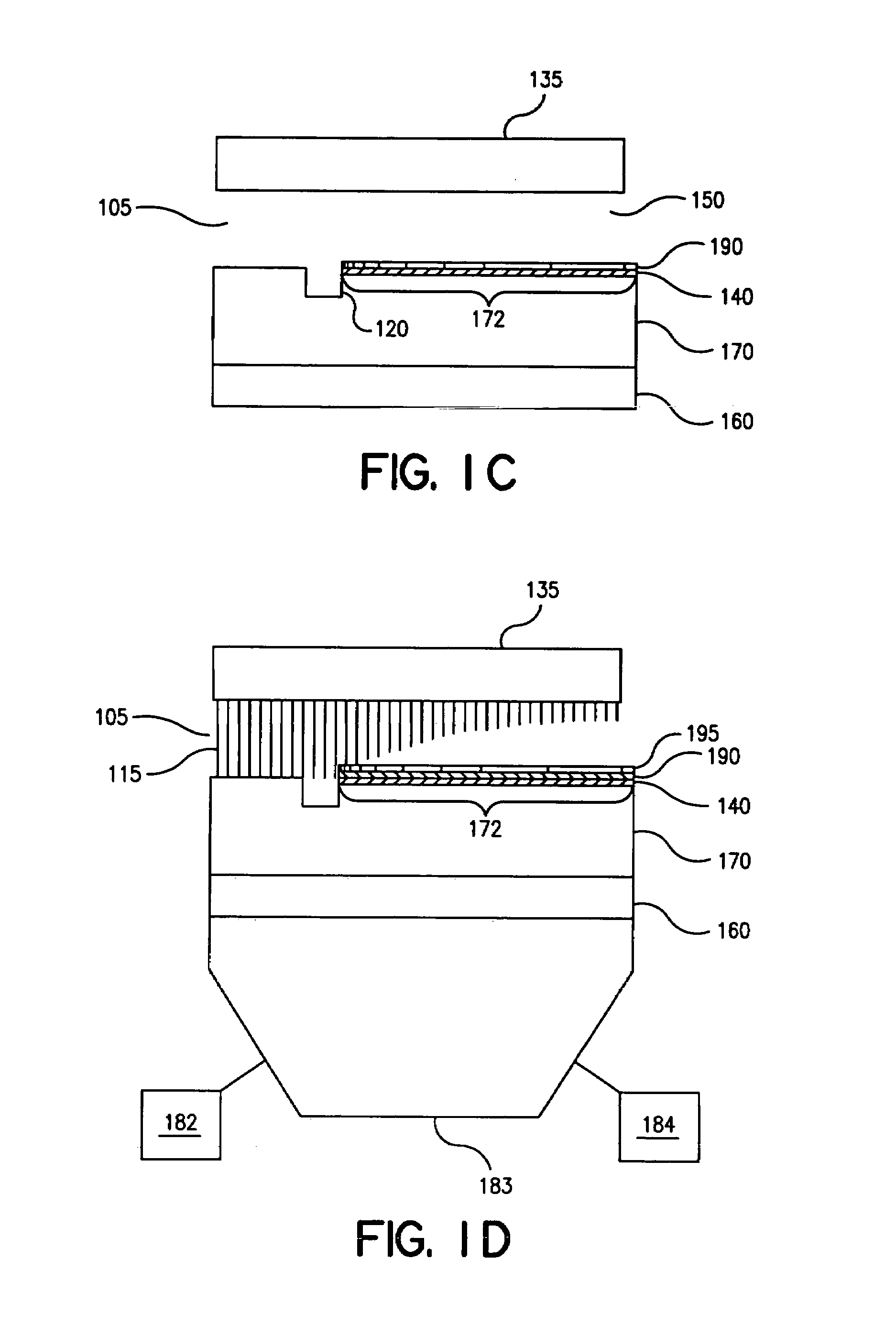Microfluidic device and surface decoration process for solid phase affinity binding assays
a microfluidic device and affinity binding technology, applied in the direction of fluorescence/phosphorescence, biomass after-treatment, chemiluminescene/bioluminescence, etc., can solve the problems of poor assay performance and impracticality of field deployment and point-of-care use of these diagnostic assays
- Summary
- Abstract
- Description
- Claims
- Application Information
AI Technical Summary
Benefits of technology
Problems solved by technology
Method used
Image
Examples
examples
I. Evaluation of Formation and Dissolution of Solid Reagent Plugs
[0142]A model system utilizing fluorescein as the reagent in buffer with varying weights of the preservative trehalose and / or dextran, was used to evaluate the formation and dissolution of solid reagent plugs in a microfluidic device of this invention. The following solution sets were utilized for these experiments:
[0143]A. Solution Set I—fluorescein+trehalose in buffer
[0144]Stock buffer / fluorescein solution: 100 mM Tris HNO3 buffer with 2 mM KCl and 0.10 mM MgCl2 and 20 μM fluorescein at a pH 7.8. The stock buffer / fluorescein solution was combined with varying percentages of crystalline trehalose dihydrate obtained from Sigma Chemicals Inc., in order to determine whether the percentage of trehalose would affect how well the drying proceeded. It proved desirable to use a solution with the highest weight % of trehalose possible because this is closest to the end-state of drying desired (the lowest water percentage possi...
PUM
| Property | Measurement | Unit |
|---|---|---|
| Concentration | aaaaa | aaaaa |
| Area | aaaaa | aaaaa |
| Transparency | aaaaa | aaaaa |
Abstract
Description
Claims
Application Information
 Login to View More
Login to View More - R&D
- Intellectual Property
- Life Sciences
- Materials
- Tech Scout
- Unparalleled Data Quality
- Higher Quality Content
- 60% Fewer Hallucinations
Browse by: Latest US Patents, China's latest patents, Technical Efficacy Thesaurus, Application Domain, Technology Topic, Popular Technical Reports.
© 2025 PatSnap. All rights reserved.Legal|Privacy policy|Modern Slavery Act Transparency Statement|Sitemap|About US| Contact US: help@patsnap.com



